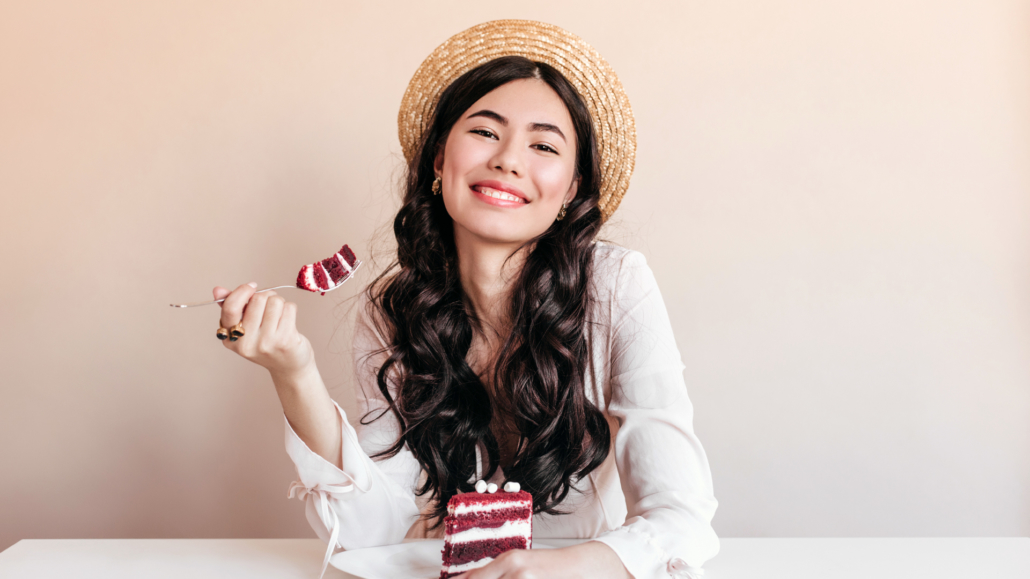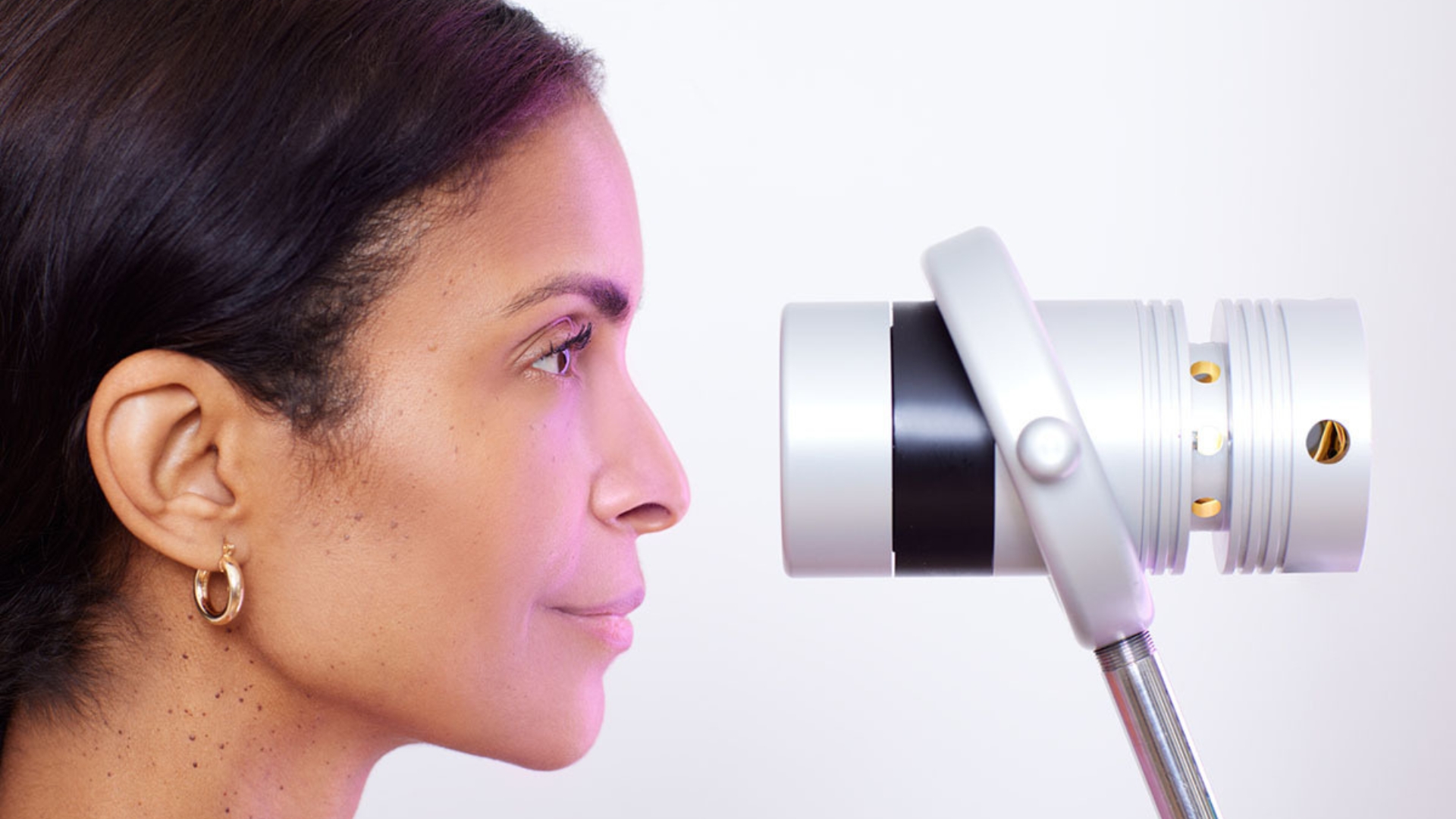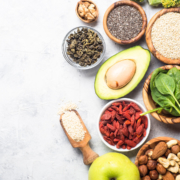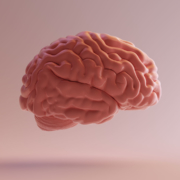How to Avoid Emotional Eating During The Holidays
Tis’ the season of stuffing, sweet potato casserole, soirees, sparkling lights, suppressed emotions, and a sympathetic dominant state (steady fight-or-flight mode). In theory (or in some winter wonderland fantasy), the holiday season is the most joyous time of the year, filled with nothing but the sweetest sensations and celebrations. In reality, for some of us, the holiday season can be a really stressful time of the year where emotional triggers are hidden like landmines in the snow, and our habitual coping mechanisms cause more harm than relief.
Emotional eating is not the result of weak willpower but rather an innate protective response your brain has developed to help you avoid discomfort (your brain perceives discomfort as a potential threat to survival). Breaking free from emotional eating requires:
- Acknowledging our cultural and personal relationship with food
- Understanding the physiological and psychological responses to emotional eating
- Identifying your emotional triggers
- Addressing the root cause(s) of your underlying discomfort (anxiety, tension, angst, depression, stress)
Why Eating Is Emotional
Food is often the focal point of social and familial life. Humans have long used food for purposes other than survival—to bring people together, to celebrate, and express gratitude, sympathy, support, and apology. Many of us have food memories and strong associations between certain tastes and smells (or particular dishes) that elicit an emotional response (positive or negative). We love cooking and baking shows (especially competitions!), social media is ripe with food creators and influencers, and some of us will travel great distances, all in the name of food. Food is part of who we are, individually and culturally.
Our relationship can be (and should be) healthy with food; however, as healthy as it can be, it can also be equally toxic. Using food as a reward, an excuse, an escape, or a distraction is a coping mechanism that leads to disordered eating patterns.
Disordered eating (different from an eating disorder, but a potential precursor to one) involves behaviors like labeling food as good or bad, frequent food restrictions, obsessive thoughts about food, and feelings of guilt and shame after eating food you label as bad or unhealthy.
The Physiological and Psychological Side of Emotional Eating
Emotional eating is an automatic behavior or habit formed by turning to food to alleviate negative emotions. Like all habits, developing unhealthy eating habits like stress eating takes time, but once the habit is established, it can be very difficult to break. There is a reason(s) you are using food to escape or suppress discomfort, and only in acknowledging and addressing the root causes will you be able to get a grip on your negative eating behaviors.
Eating naturally releases dopamine, a feel-good hormone, and comfort foods (usually high in fat, salt, and/or sugar) light up the dopamine response. This is why eating comfort food feels so good. As emotional eaters, we have trained our brains to crave comfort food when we are feeling low.
On an evolutionary level, our brains have developed to learn how to address and alleviate discomfort (a survival mechanism) by remembering inputs that create a positive response. While we create our own trigger-behavior-reward systems, it is easy to lose control over them and start to confuse physical hunger with emotional hunger.
Here is an example of this: Every year at Thanksgiving, since you were a child, certain family members always made you feel like you were the most uninteresting person in the room. An aunt might ask you a question about yourself only to walk away and start talking to someone else midway through your response. Every year leading up to Thanksgiving, you start dreading the family gathering and develop social anxiety.
To avoid being in a situation where you are asked about yourself, you employ two types of avoidance behavior. One, you keep conversations pointed away from you by continually asking questions to the other person, and two, you immerse yourself in the food, which is easy to do on Thanksgiving. You constantly get up to fill your plate with hors d’oeuvres to avoid awkward stagnation, excuse yourself to help in the kitchen where you pick away as you prep, and get seconds or third servings as a distraction. Keeping busy with food temporarily keeps you from feeling the full effects of your anxiety.
Trigger: Thanksgiving
Behavior: Anxiety
Reward: Stuffing yourself to stuff down your uncomfortable emotions
Something else also happens when you overeat that further perpetuates the cycle of emotional eating. Stress, anxiety, trauma, and depression thrive in a sympathetic (fight-or-flight) environment where cortisol (the stress hormone) is steady. By overeating, you are unconsciously causing a switch to occur from the sympathetic state to the parasympathetic state (rest and digest) to process all the food you just ate. Positive emotions, such as a sense of calm and well-being, occur in a parasympathetic state.
When we use eating as a crutch, our brain quickly learns that when you are in a sympathetic dominant state, the easiest way to get you into a parasympathetic state is to stir up some food cravings like ice cream and inspire the mindless eating of unhealthy foods.
How to Break Free from Emotional Eating
Emotional eating is a behavioral response that gets harder to control the deeper you are into the habit. Similar to quitting smoking or drinking, stopping emotional eating isn’t usually as easy as just saying, “today, I am going to quit.” As mentioned previously, there is a reason why you are turning to food when you are stressed, anxious, or depressed.
Step 1: Identify your emotional triggers
What exactly sets you off? What type of situation causes you to turn to food for relief? Knowing your triggers can help you avoid them, reframe them, or face them without being surprised by them. Triggers can be anything from a specific situation or scenario to a sensory association. You might only have one trigger or a whole gift bag full of them.
If you are unsure exactly what your triggers are, start keeping a log to help identify any patterns. The next time you feel stressed or anxious, document it in detail—Where were you? What were you doing? Who was around? What were you thinking about? How long did the feeling last? Did you notice any particular smells or sounds? How did you cope? Did your coping mechanism provide instant and/or lasting relief?
As neuroscientist Dr. Judson Brewer explains in his TedTalk about simple ways to break a bad habit, when we start being mindful of the details of the behavior we are trying to change, we can take power away from it. At this moment, food might feel like a security blanket, but if you really explored how it actually made you feel to overeat, you might all of a sudden realize it doesn’t make you feel better, but instead, and ultimately, this coping strategy makes you feel worse.
Step 2: Dig Deep into the Root Causes
Once you’ve identified your emotional triggers, the next step is to start digging into what sparked those triggers in the first place. The guidance of an emotional eating coach or emotional eating support group might be beneficial as you explore your emotional traumas.
Step 3: Address Your Root Issues
Easier said than done; we know! But to break free from a destructive behavior and replace it with healthy lifestyle practices, you must confront what is causing it. Emotional eating is essentially symptom management, which is not sustainable and can lead to metabolic disorders (obesity) and other chronic diseases. Seeking the guidance of a mental health professional and furthering your understanding of disordered eating by reading books about emotional eating can help you identify effective ways to learn from and overcome your past learned experiences.

10 Tips for Avoiding Emotional Eating During the Holidays
We are each a work in progress. Be patient with yourself, take deep breaths when uncomfortable emotions surface and remember that creating new habits is always hard at first.
- Eat slowly and practice mindful eating (give your body time to recognize it is full)
- Choose your indulgences intentionally and take the time to truly enjoy your food choices
- Set specific mealtimes to avoid binge snacking
- Limit distractions while eating (i.e., watching television)
- Increase your protein intake to help you stay full longer
- Drink more water
- Give yourself permission to say “no” to any holiday invitations you don’t want to attend this year (you are not obligated to do everything)
- Stay active
- Make sleep a priority
- Try natural therapies like Neuro Emotional Technique (NET), Emotional Freedom Technique (EFT), and Eye Movement Desensitization and Reprocessing Therapy (EMDR)
Disclaimer: The statements made in this article have not been evaluated by the Food and Drug Administration. Any products or treatments mentioned are not intended to diagnose, treat, cure, or prevent any disease. Please consult a licensed medical practitioner for medical advice.
At Innovative Medicine, we believe in transparency. We want you to know that we may participate in affiliate advertising programs pertaining to products mentioned herein.
See how we can help you restore complete health of body, mind & spirit.
Join our mailing list and receive exclusive offers + information!







Leave a Reply
Want to join the discussion?Feel free to contribute!